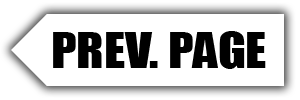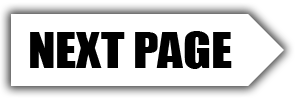Resurrecting Red: Finishing the 565” engine
When we started the “Resurrecting RED” story, with our 15-year-old four-link mono-shock dragster, I had a vision it would be done in about two months. WRONG! Took about seven months to get it all finished but the wait seems worth the time, effort and money. We have about 85 runs on it and “all is good”.
We have been completely satisfied with the chassis of this dragster since we brought it out of Jim Pulliam’s shop in March of 2001. [Look in the DRO Archives section for “Project 4-Link” if you want to track the history of the most written about project car ever.] Andy, my son and driver, rewired it a couple years ago and that has basically been about it. The normal cracked motor plate after seven years, a rear engine tab cracked and was fixed with a gusseted mount by John Freeborn. Same rear spool and axles, same driveshaft and U-joints, same body panels and a few new Dzus brackets, same radiator, fan and cooling lines that run to the front mounted Davis radiator. We have had two other dragsters in our trailers since we built this one and neither came close the easy service and durability of RED.
Now, let’s continue the teach on the new engine we built to replace the 632 that completely ate itself up when either a connecting rod broke, a pin broke or the camshaft broke into three pieces. We are guessing what happened but I can tell you this: we saved the intake, belt drive (less the belt), valve covers and the Curtis-built rockers came out unmarked. The heads are being fixed at Roeder Performance but will go on a spare engine (someday). Nothing else was even salvageable. Block, crank, pistons, bushed roller lifters (six made it, the other 12 got in the way of the broken three-piece camshaft.
It was basically a “start-over” plan. Here is how we broke down the parts selection process.
You have to look hard to stay away from the “trick of the week” parts and engine combinations. It seems like there are 650+ cubic inch engines getting all the news, pro-chargers, superchargers, nitrous kits, electronic fuel injection and of course turbochargers. You need to clear your mind, set a budget and talk to the technical departments of the components you are considering. Have your answers ready: what horsepower goals do you have, is longevity more important than peak horsepower, maintenance required to keep engine in top shape -- the more you ask the better off you will be.

 The new Merlin III iron block getting the final touches. Comp Cams belt-drive and Moroso billet oil pump visible.
The new Merlin III iron block getting the final touches. Comp Cams belt-drive and Moroso billet oil pump visible.
Block: We decided on the PBM Performance Products- World Products Merlin III low-deck (9.800) iron block with steel billet caps, 4.595” bore, .904 lifter bores and the 55mm cam bore so we can run a the larger and more durable roller lifters and the larger diameter camshaft. The World block was selected for a couple reasons; the primary reason was we could get the 55mm cam bore, .904” lifter bores and steel caps for less money than the competitors’.


